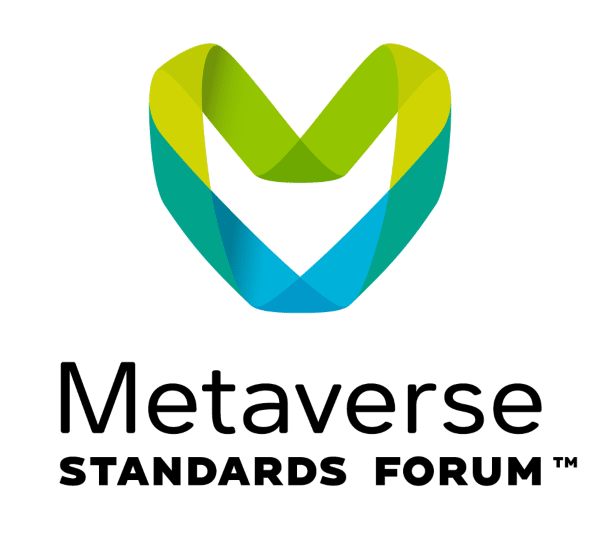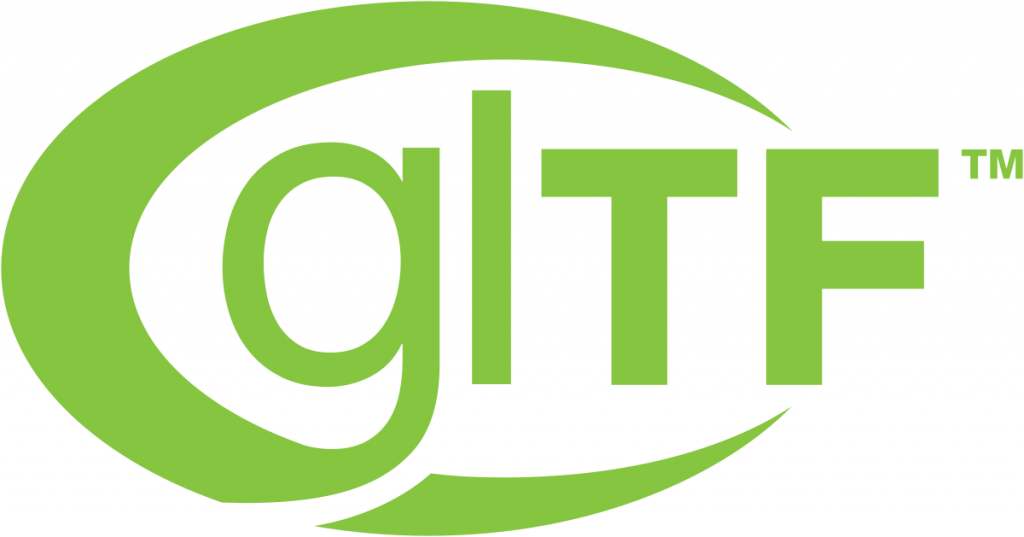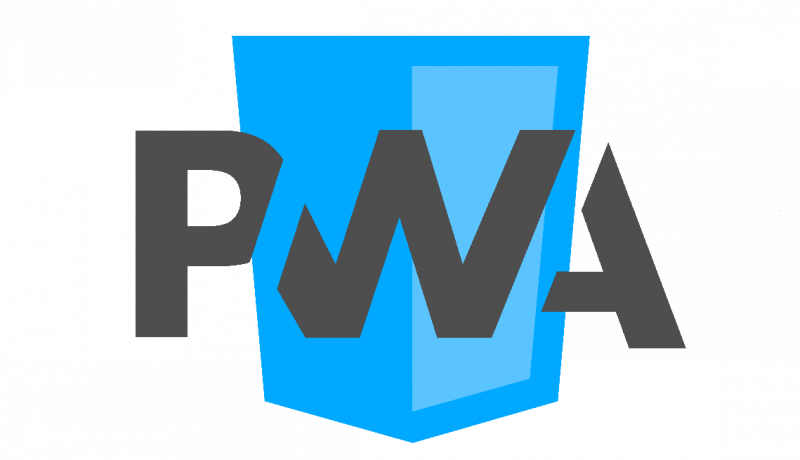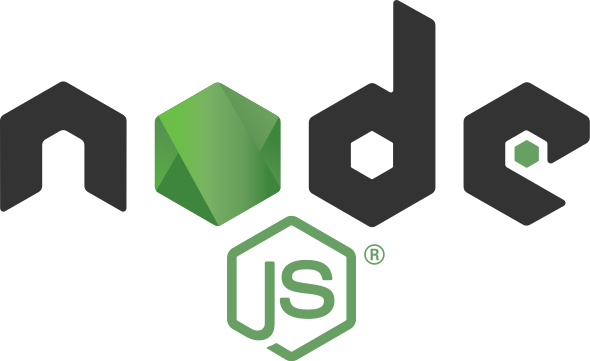This page highlights the standards and open specifications embraced and supported by ATON framework.
3D Formats

ATON 3D formats are based on modern, robust open standards, also compliant with the Metaverse Standards Forum: a venue for cooperation between standards organizations and companies to foster the development of interoperability standards for an open and inclusive metaverse, and accelerate their development and deployment through pragmatic, action-based projects.
The forum won’t create standards itself but will rather coordinate requirements and resources to foster the creation and evolution of standards within standards organizations working in relevant domains.
You can see here the growing list of members, including our institute (CNR ISPC)

glTF is a royalty-free, open standard (now ISO standard) for efficient streaming and rendering of 3D models and scenes, developed by Khronos. glTF minimizes the size of 3D assets, and the runtime processing needed to unpack and use them. glTF defines an extensible, publishing format that streamlines authoring workflows and interactive services by enabling the interoperable use of 3D content across the industry.

This is an overview of industry support for glTF standard (from Khronos official website):

glTF can also employ Draco (by Google): an open-source library for compressing and decompressing 3D geometric meshes and point clouds. It is intended to improve the storage and transmission of 3D datasets. ATON supports Draco for improved transmission of 3D models over the web.

3D Tiles by Cesium is an OGC standard designed for streaming and rendering massive 3D geospatial content such as Photogrammetry, 3D Buildings, BIM/CAD, Instanced Features, and Point Clouds. It defines a hierarchical data structure and a set of tile formats which deliver renderable content. The 3D Tiles specification for tilesets, associated tile formats, and the associated styling specification are open formats that are not dependent on any vendor-specific solution, technology, or products.
You can read more details on how 3D Tiles standard is integrated in ATON on the main reference paper, or on this post from the Scene Baker.

Materials
The presentation layer of ATON framework (based on THREE.js library) fully supports PBR (Physically-Based Rendering). Advanced materials can be applied to 3D models, rendered accurately and consistently in any lighting conditions: roughness, metalness and other surface properties – together with the principle of energy conservation – provide the best standard for any 3D objects that can be rendered in any lighting conditions. PBR is a well-established model in AAA games’ production pipelines on desktop game engines (e.g. Unreal Engine 4) and also adopted by well-known Web3D platforms such as SketchFab.
Immersive AR and VR

The WebXR Device API provides access to input (pose information from headset and controllers) and output (hardware display) capabilities commonly associated with immersive Virtual Reality (VR) and Augmented Reality (AR) devices. WebXR open specification allows you develop and host immersive VR and AR experiences on the web, without any third-party software installation for final users.
Web-Applications

Web-apps developed within the ATON framework follows the PWA model: a set of standards advocated by the Google Web Fundamentals group that aims to offer responsive, connectivity independent, app-like, discoverable and linkable web-based solutions. PWAs use modern web capabilities to deliver an app-like user experience: they evolve from pages in browser tabs to immersive, top-level apps, maintaining the web’s low friction at every moment.
Deployment

All services of the ATON architecture are based on Node.js. Node.js is a well-known and established JavaScript runtime designed to build scalable network applications. ATON services are designed to be fully compliant with cluster modes offered by common process managers like PM2, allowing the framework to be deployed on low-cost single-board computers (e.g. Raspberry Pi) up to large infrastructures.
Furthermore, this allows to easily deploy an ATON instance on small/medium size server nodes, federated clusters of Research Infrastructures (e.g. H2IOSC), and several platforms like Heroku, Amazon Web Services (AWS) or Google Cloud.
